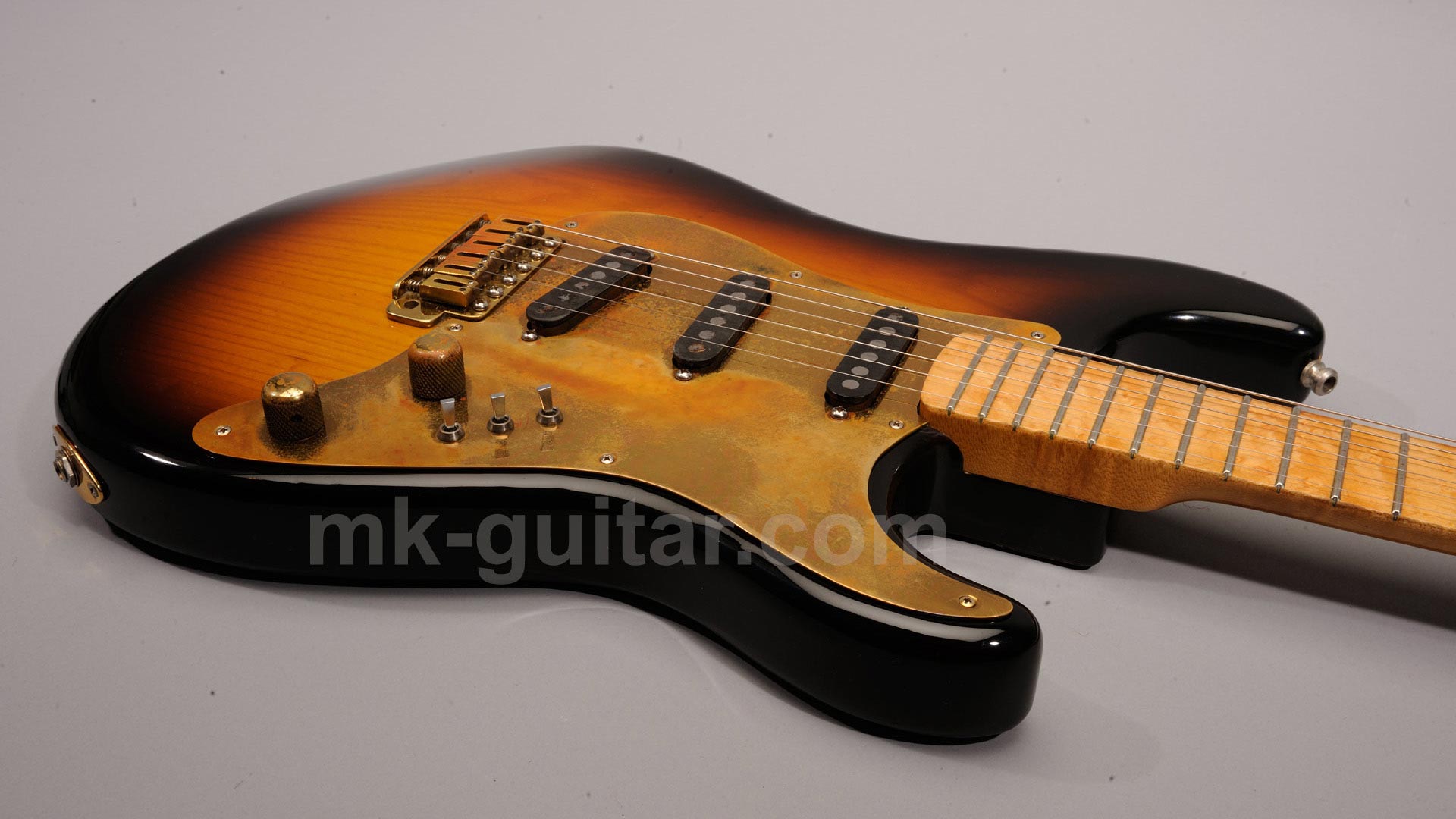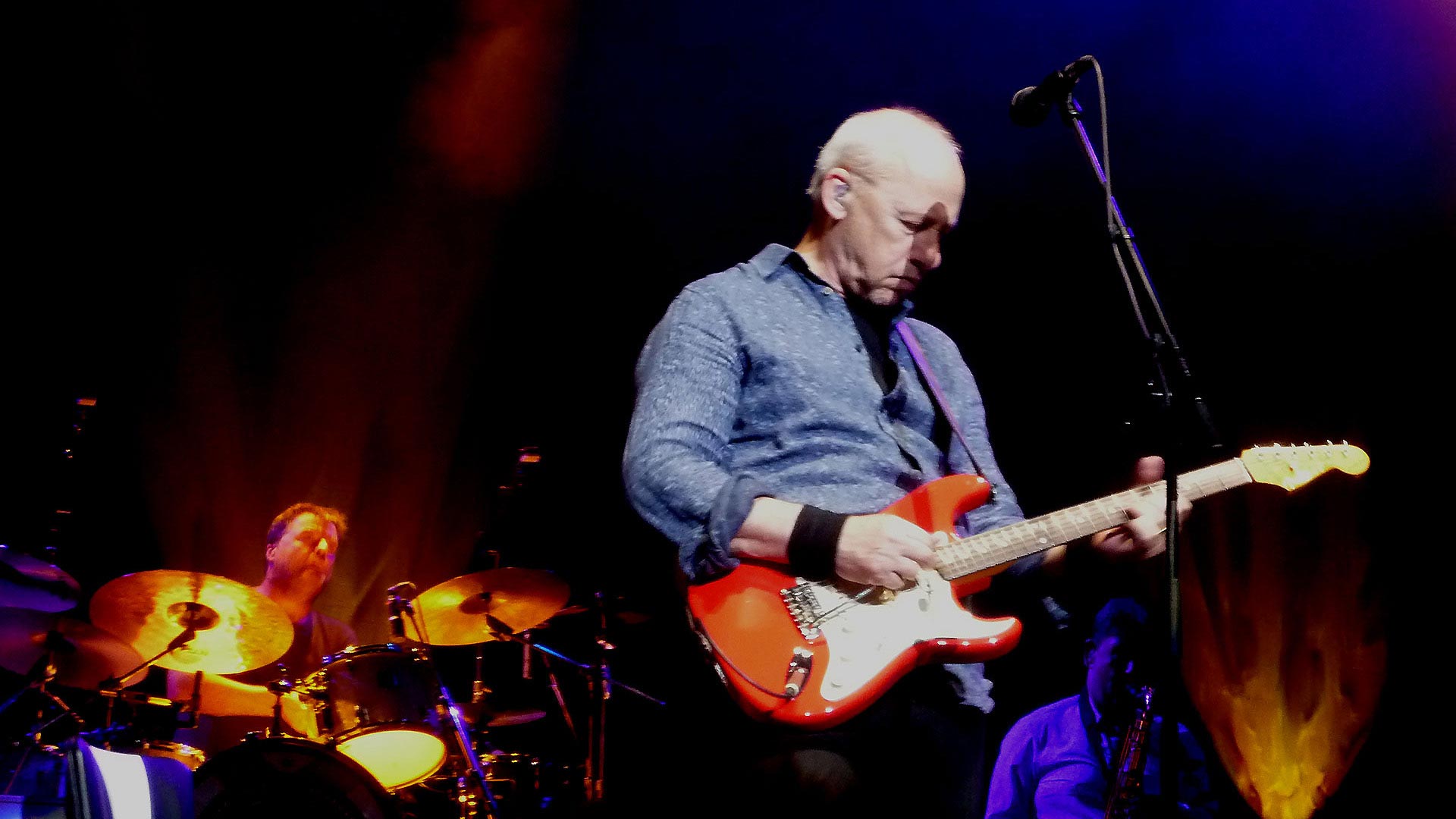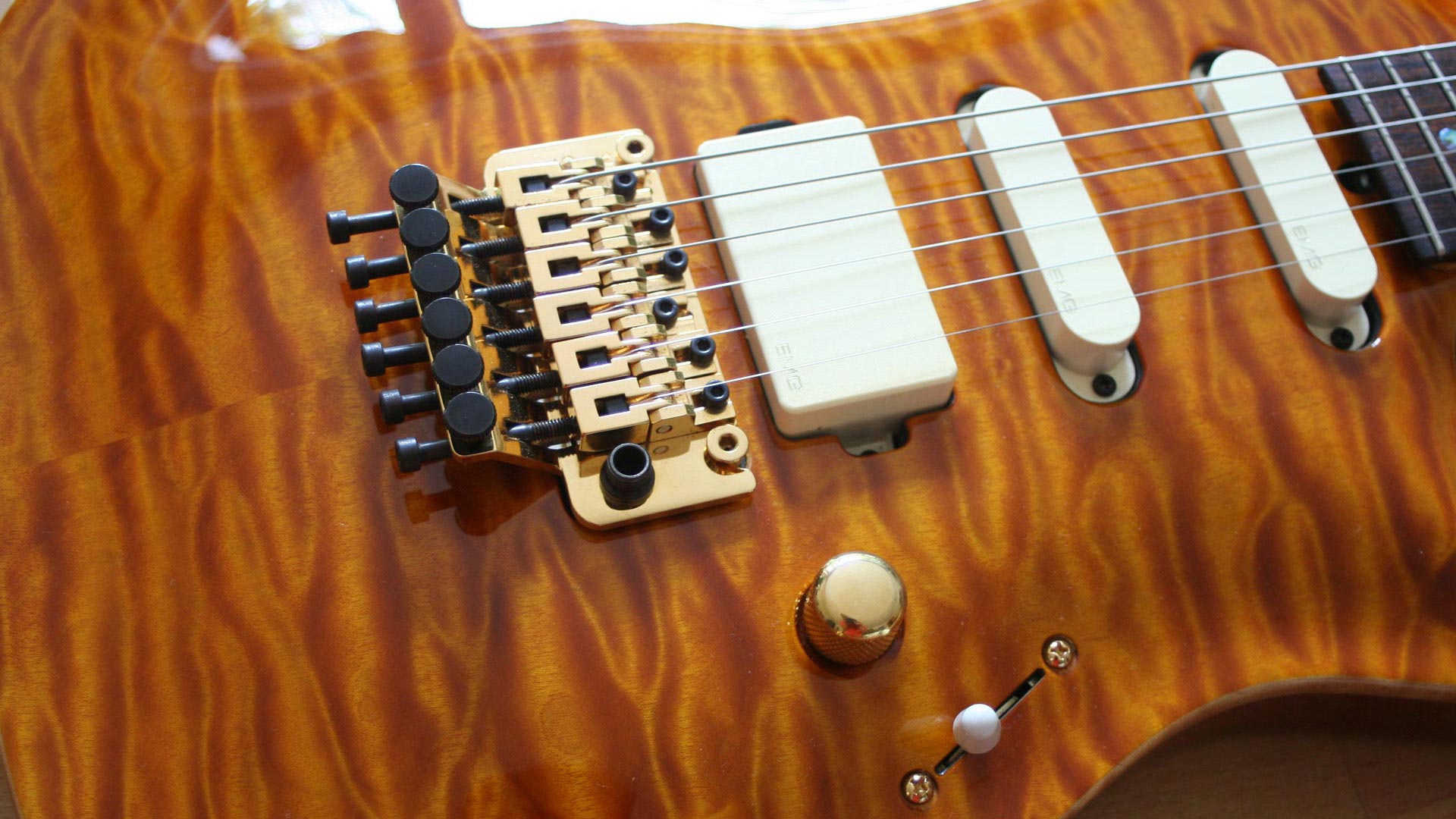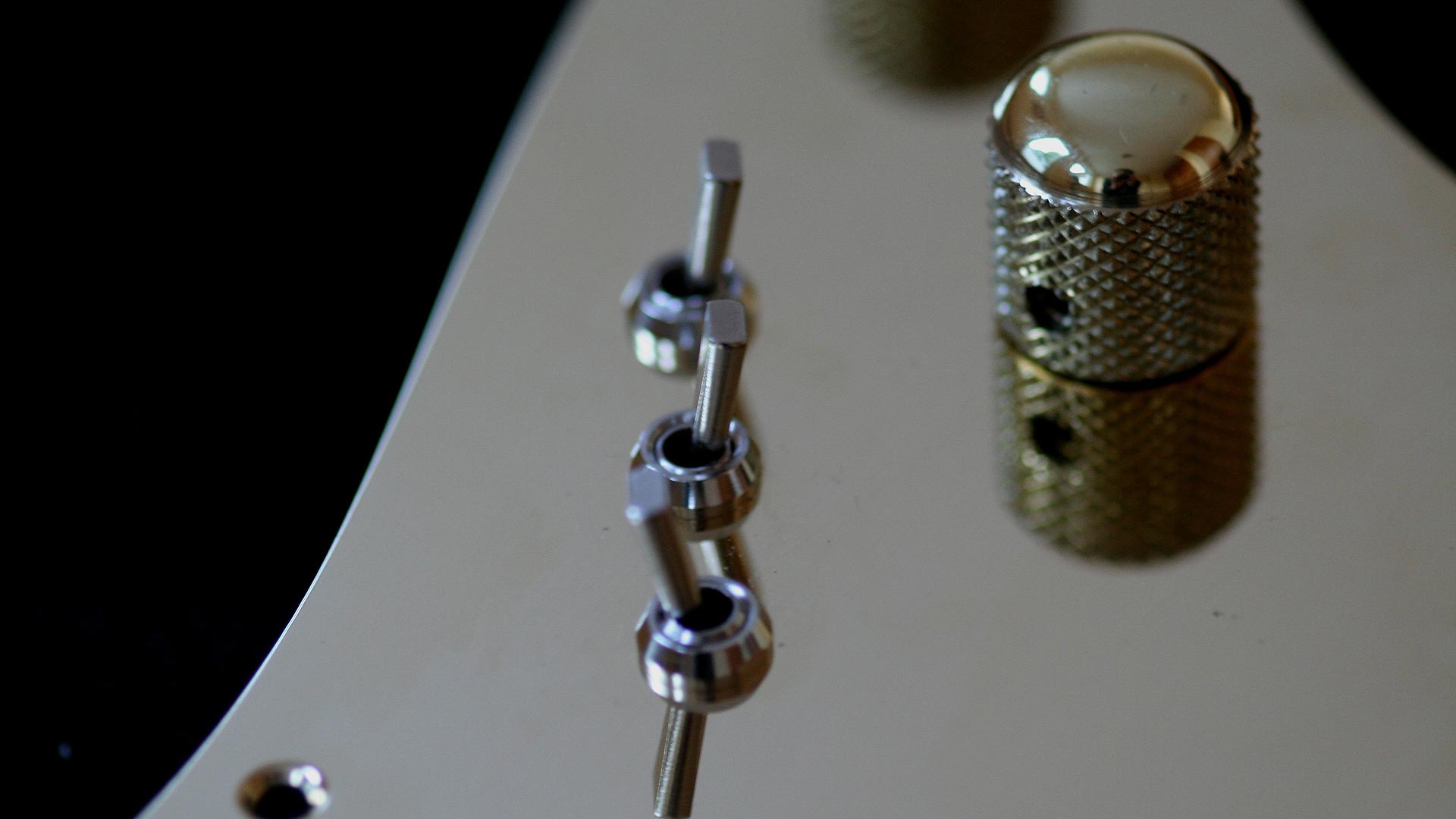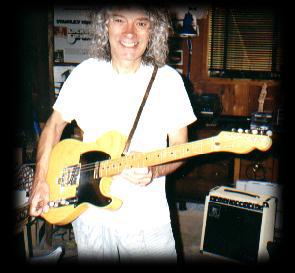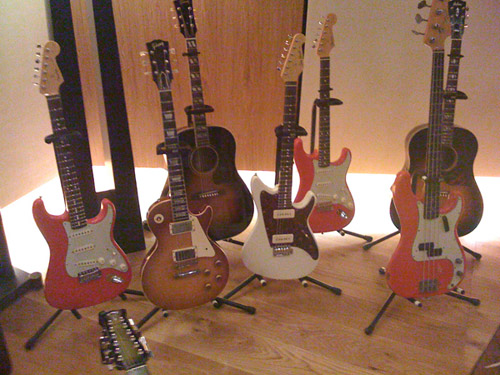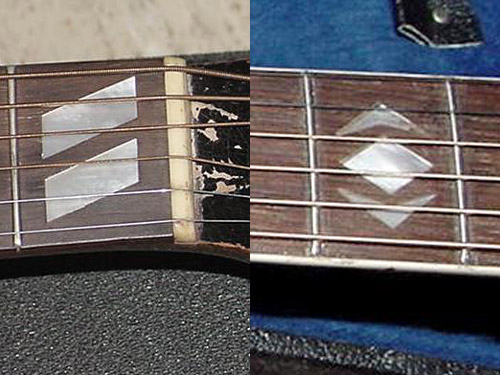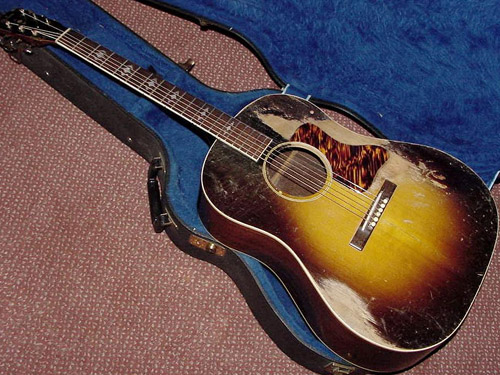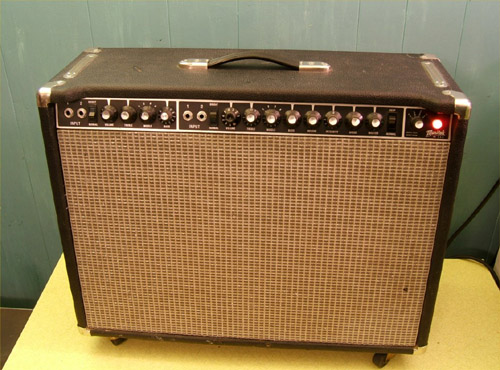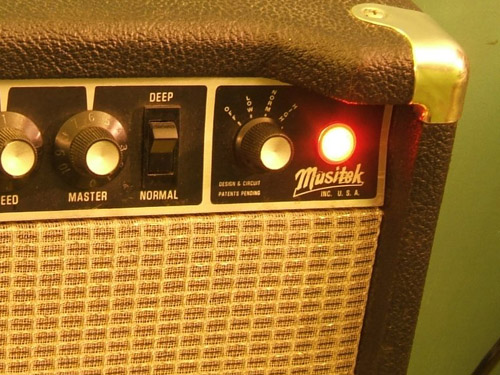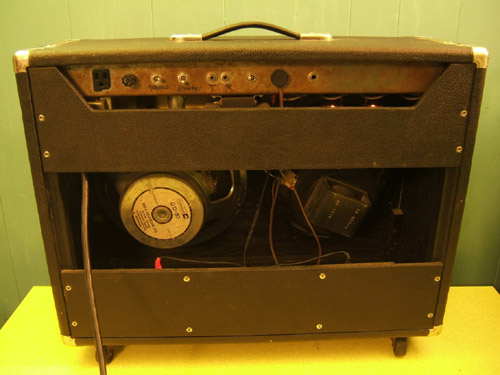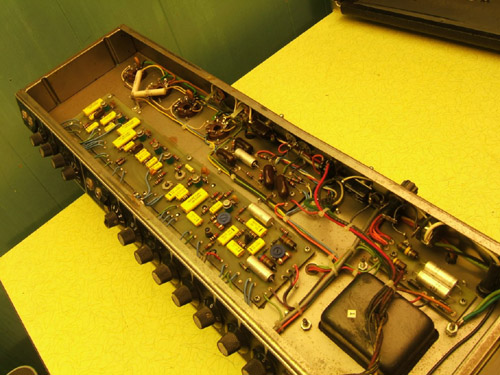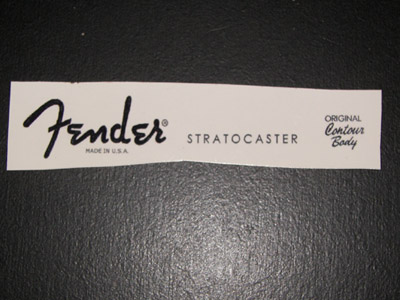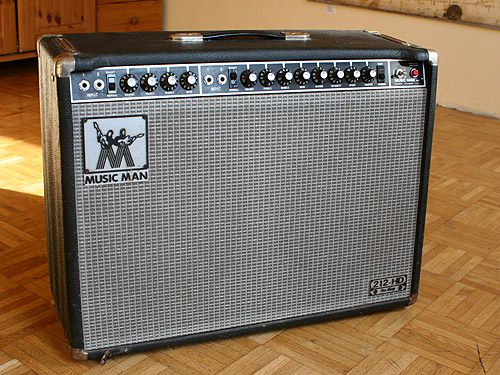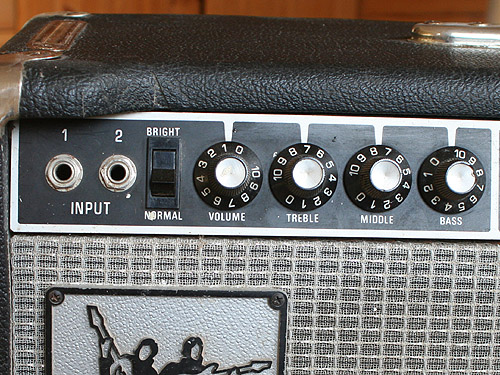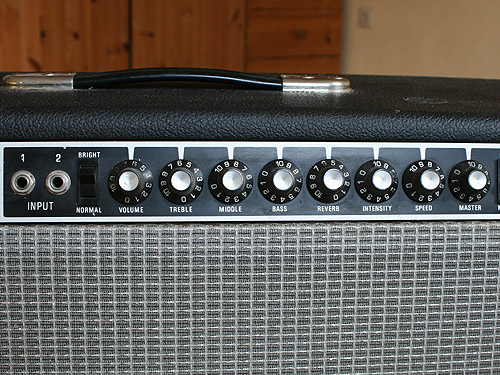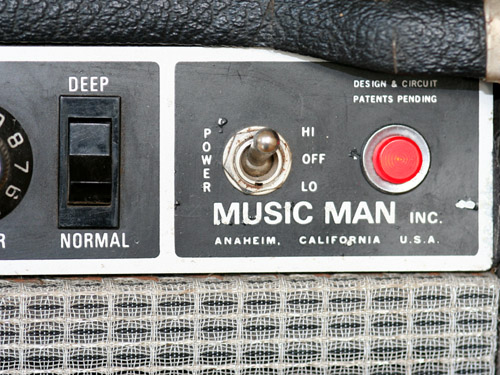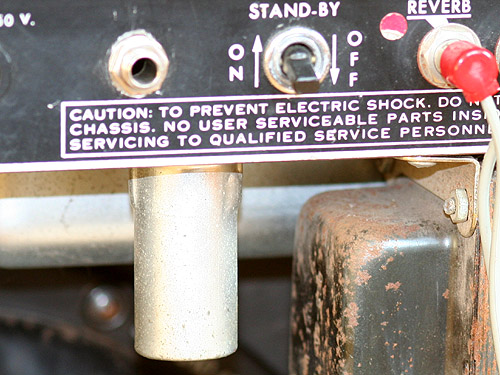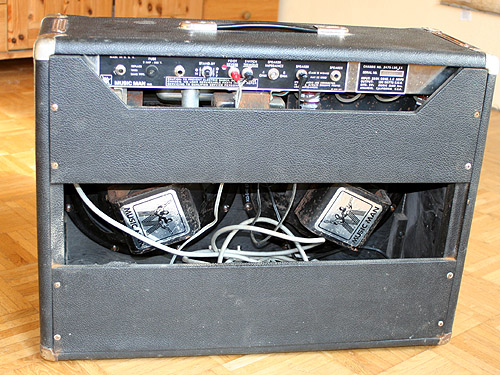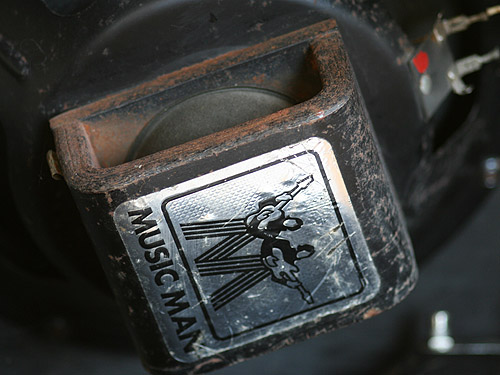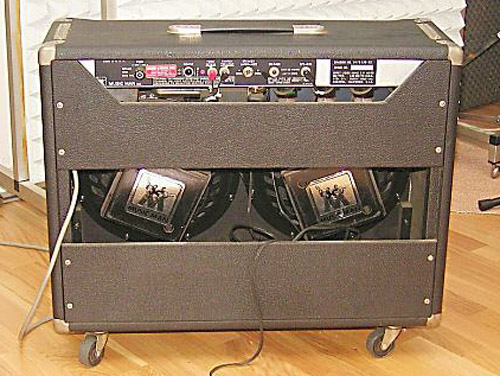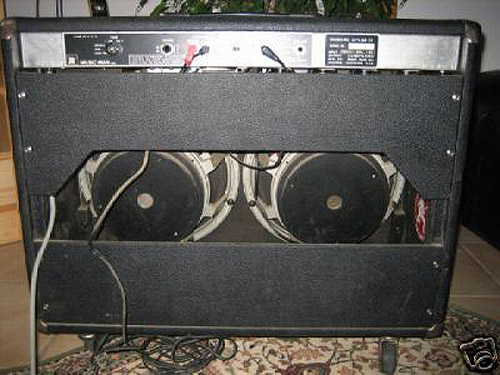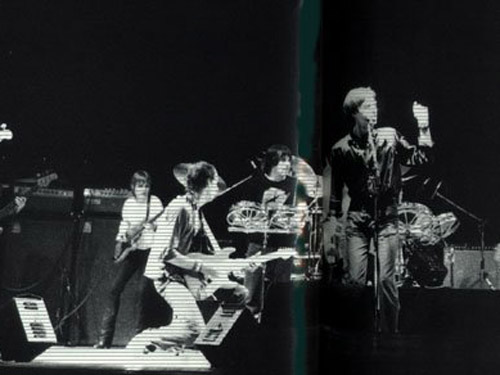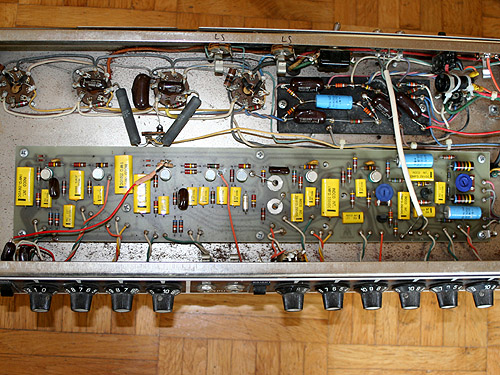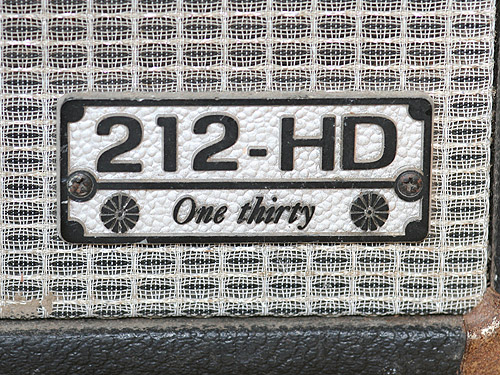Cover version of Dire Straits Six Blade Knife
During the last weeks I played around a bit with the backing tracks from the Jam with Dire Straits book by Total Accuracy. Some of these are great and sound very good. Unfortunately, the one for Sultans of Swing seems almost unusuable to me because of the harsh rhythm guitar sound. Since I still had a Cubase file with the MIDI drum part of Sultans – something I did with a cover band I played with in the mid 90ies – I decided to revive it. It was programmed for the Alesis SR 16 drum computer we had in those days, but now I used it with Battery, a VST instrument by Native Instruments.
The backing tracks
Battery allows you to load many different drum kits, and to replace drum sounds with your own samples. As I love the sound of the first Dire Straits album, I sampled the snare and a bass drum from this CD for that authentic drum sound. Since this was a lot of fun, I also made a backing track for Six Blade Knife. The drum part is very simple so this was not too much work. What I did to make it sound less sterile was to analyze the micro groove pattern of Six Blade Knife and tranfer it to the MIDI drum part (the Cubase experts will know what I am talking about).
Next I added the bass track and a rhythm guitar. The bass was an old Precision bass, while I used my blonde ’70 Telecaster for rhythm. I admit I was lazy, so I played the guitar directly into the desk.
Both tracks are nice to jam with, especially since our little homerecording studio has a small PA now, no need for headphones all the time anymore. We even have a few LED lights now. The days of the old -fashioned halogen spots seems to be almost over. The new LED spots need only a fraction of the electric power, and you can mix every colour with the RGB LEDs of one single spot. I programmed some lighting scenes and triggered these from the Cubase arrangement. I used two digi cams for filming myself jamming with the Six Blade Knife track.
The backing track is available here.
Guitar sound
It is basically a live recording, vocals and guitar played live and recorded with Cubase, no post editing. Except a bit EQ there is no post processing on the guitar, no compression, no effects. The reverb was from the Music Man amp, and delay was my green MXR analog delay. The signal chain is pretty much what Knopfler played during the Communique tour.
I used the Shure SM 57 for guitar, and for the vocals. It is basically a mic for guitar or snare drum, but for some odd reason I always liked it better for vocals then the Shure SM 58.
I play different licks here and there whenever I play one of these songs, most licks origin from some old live recordings, others are my own versions. I don’t think it makes much sense to copy a particular version of the song, but I tried to copy the overall feel.
The video
I never have done a two-camera video before, but this was really easy. I put the sound recording on one audio tracks and imported the video files on two different video tracks. After enabling the wave form display of the sound file and of the audio tracks of both video tracks, I only had to adjust the video files so that the sound of all of them was in sync, then I switched off the sound of the video tracks. LED lights are not ideal for filming – at least not the affordable ones – so some colours do not look as good on video as they did here, but all in all this was not a problem.
So, here is the final video. Let me know what you think of it here, or leave a rating or a comment directly at youtube (you get there directly when you click on the video while it is playing).
